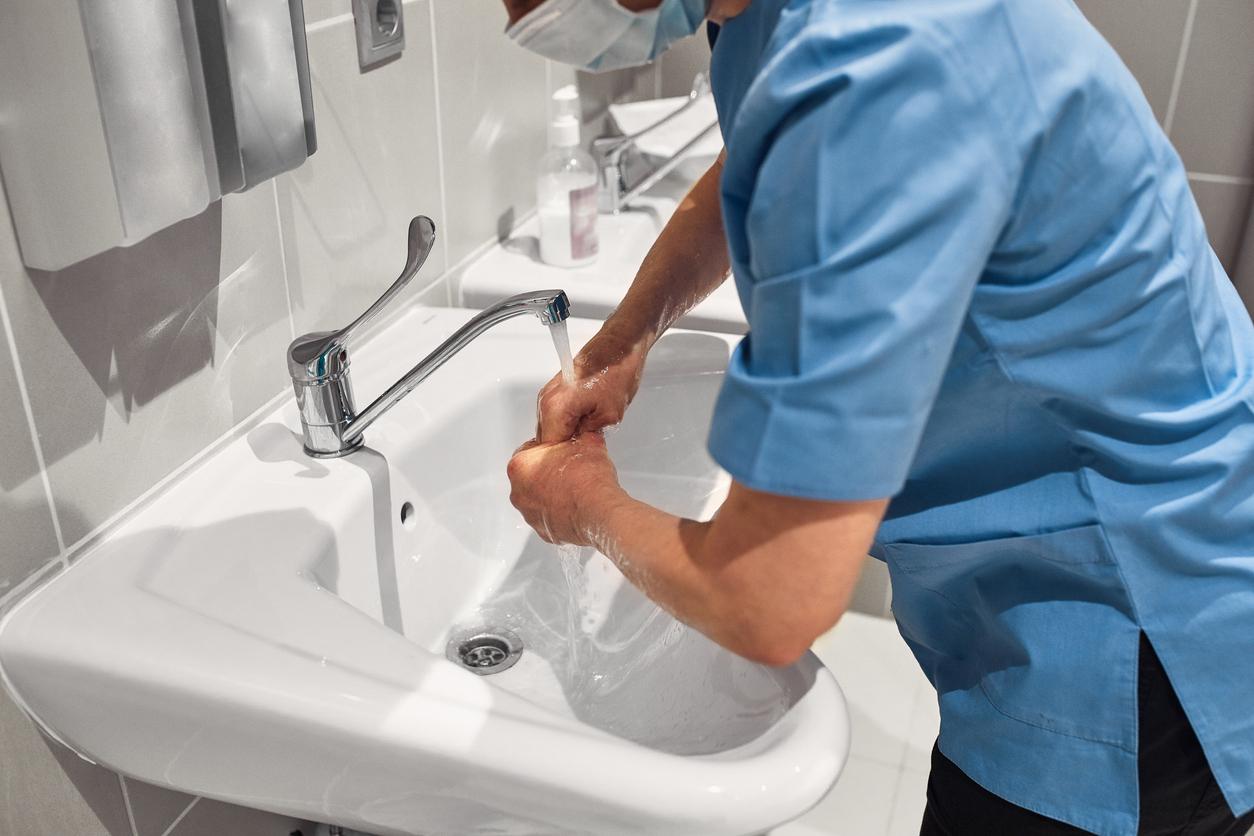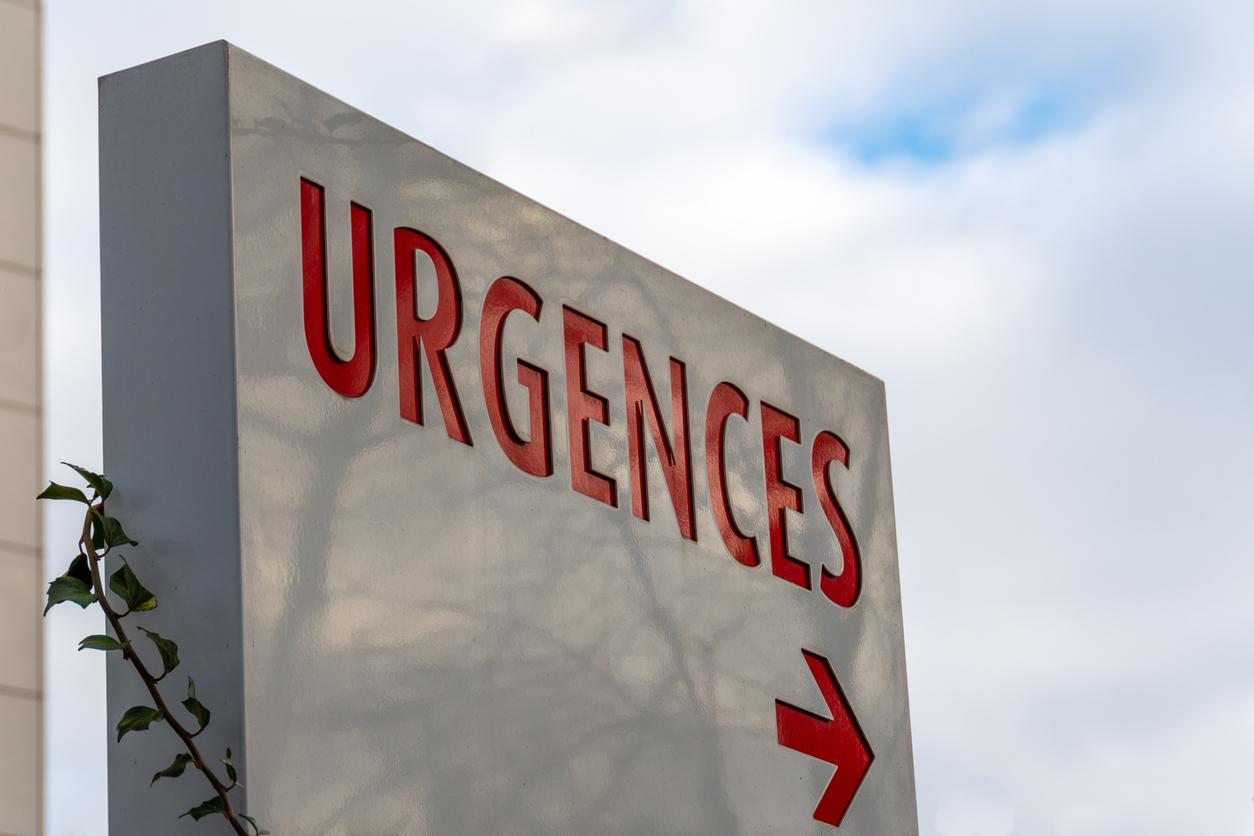According to a study published on October 28, 2014 in the weekly epidemiological bulletin of the National Institute for Public Health Surveillance, bacterial infections contracted during short hospitalizations would be more severe than those of the intensive care unit.
As part of the National Prevalence Survey conducted in 2012, all health establishments were asked on a voluntary basis, to include their fully hospitalized patients.
In all, 216,387 patients were included in the study: 2.4% were in intensive care, 65.9% in short stay, and 31.7% in follow-up and rehabilitation care (SRH). The SSR mainly take in the elderly after a medical operation, in order to gradually support their return home.
More and more severe infections in the short stay
The epidemiological report reveals that three quarters of bacterial infections (or bacteremia) occur in short stay (74.8%), while 14.9% of them take place in intensive care, and 10.3% in SSR.
However, in relation to the total number of patients in hospital, nosocomial bacterial infections occur more in intensive care (3.2%) than in short stays (0.6%) or in SRH (0.2%).
In addition, the authors emphasize that nosocomial bacteremia in short-stay patients were more severe than those in other departments.
Blame it on the catheters?
Bacteremia nosocomial linked to a catheter accounted for 42% of bacterial infections in intensive care, 44.7% in short stay and 19% in SRH.
The placement of a catheter to inject fluids into the blood would therefore be the main cause of bacterial infection in the hospital, far ahead of the urinary tract infections and pneumonia.
Surveillance to expand
Since 2005, only resuscitation services for hospitals are subject to surveillance for nosocomial bacteremia, whereas it initially concerned all medical specialties.
In view of their results, the authors of the study believe that surveillance should be extended to patients at risk outside of intensive care, in particular to those with catheters.


















